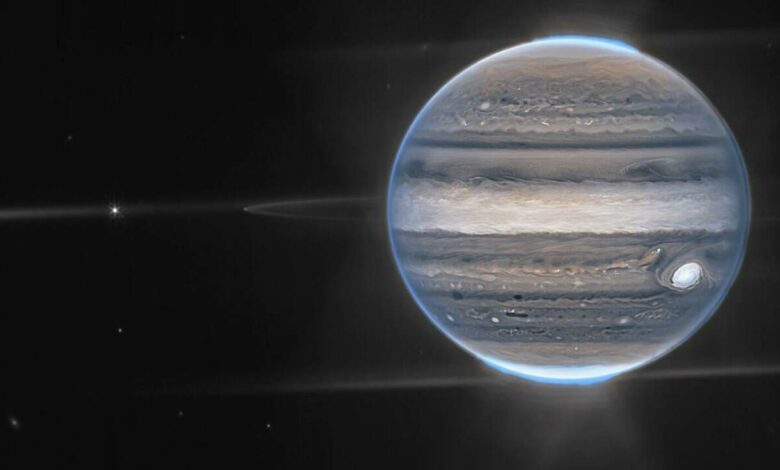Jupiter’s Closest Encounter to Earth to be Visible to GCC Residents

Stargazers and astronomy enthusiasts in the GCC can gear up for a rare celestial event on Friday, November 3, when they will be able to view an unusually bright object ascending in the sky.
This is when Jupiter will be at its closest point to Earth, during a phenomenon called Jupiter’s opposition. Taking to platform X, the Dubai Astronomy Group tweeted: “The Jupiter opposition happens when Jupiter, the Sun and The Earth are all aligned in the same line which means that we will be getting the best view of Jupiter all year on this night (November 3).”
While many people might be familiar with the idea that opposition is the ideal period to observe a planet, but what does this term actually mean, and which planets experience opposition?
Explaining the phenomenon Sarath Raj, Project Director – Amity Dubai Satellite Ground Station and AmiSat at Amity University Dubai said, in astronomy, opposition signifies a planet being directly opposite the sun.
“Jupiter is at its closest point in its orbit to Earth during a Jupiter opposition. It can be seen all night long, rising to its zenith in the sky at midnight. On November 3, 2023, it will be visible from Dubai from 18:15 to 05:54. Around 18:15, when it ascends to a height of 7° above the eastern horizon, it will become visible.
“At exactly 05:54am, when it dips below 7° above the western horizon, it will become inaccessible. It will reach its zenith in the sky at 00:04,” he said.
Consequently, planets located within Earth’s orbit, such as Mercury and Venus, cannot be in opposition.
However, planets situated beyond Earth’s orbit, including Mars, Jupiter, Saturn, Uranus, and Neptune, can all be observed during opposition.
“Jupiter has an elliptical orbit, both Earth’s distance from the Sun and the planet’s distance from Earth affect how big the planet appears to be. Jupiter is one among the brightest objects in the night sky during opposition,” he added.
At the time of opposition, observers can use binoculars or a compact telescope to observe Jupiter’s four largest moons.
“As Io, Europa, Ganymede, and Callisto orbit Jupiter, they may be observed shifting positions night after night and appearing as brilliant spots. During opposition, the angle formed by the Sun, Earth, and Jupiter is measured by the phase angle, which is almost exactly 180 degrees.”
Experts highlight on November 3, Jupiter will be at its best in the sky; but, during opposition, large-aperture telescopes are needed to see Jupiter up close.
Raj continued: “Greater resolution of Jupiter’s cloud bands, its moons’ surfaces, and the Great Red Spot is possible with larger apertures. Jupiter oppositions provides ideal opportunities for in-depth scientific study of Jupiter’s atmosphere, magnetosphere, and moon system, despite the fact that Jupiter may not be a suitable destination for human settlement, thereby expanding our understanding of planetary science.”
Jupiter’s most recent opposition occurred on September 26, 2022, during which Earth positioned itself between Jupiter and the sun, causing Jupiter to appear directly opposite the sun in our sky.
During this event, Jupiter was closer to Earth than it had been in 70 years, at a distance of 367 million miles (591 million km) from our planet.




